Rubinstein-Taybi syndrome: clinical features, genetic basis, diagnosis, and management, Italian Journal of Pediatrics
Por um escritor misterioso
Last updated 05 abril 2025
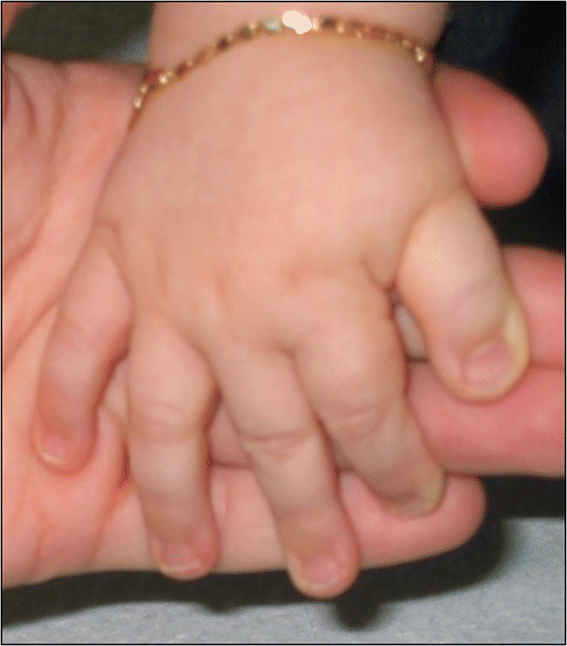
Background Rubinstein-Taybi syndrome (RSTS) is an extremely rare autosomal dominant genetic disease, with an estimated prevalence of one case per 125,000 live births. RSTS is characterized by typical facial features, microcephaly, broad thumbs and first toes, intellectual disability, and postnatal growth retardation. However, no standard diagnostic criteria are available for RSTS. In this review, we summarized the clinical features and genetic basis of RSTS and highlighted areas for future studies on an appropriate diagnostic protocol and follow-up care for RSTS. Discussion RSTS is primarily characterized by delayed growth in height and weight, microcephaly, dysmorphic facial features, and broad thumbs and big toe. Over 90% RSTS individuals with disabilities survive to adulthood, but healthcare for these patients is particularly complex, time-consuming, and costly. In addition, no standard diagnostic criteria and follow-up care guidelines are available for RSTS. It has been shown that mutations in the genes encoding the cyclic-AMP-regulated enhancer binding protein (CREBBP) and the E1A-binding protein p300 (EP300) contributed to the development of RSTS. Therefore, genetic tests are useful for the diagnosis of RSTS, although most RSTS cases are currently diagnosed based on clinical features. Summary The clinical features of RSTS have been extensively studied, which significantly contributes to the diagnosis of this extremely rare syndrome. However, the pathogenesis and genotype-phenotype associations of RSTS are largely unknown. Therefore, multicenter studies and international cooperation are highlighted for better understanding of this disease, establishing standard diagnostic criteria, and providing professional management and follow-up care of RSTS.

IJMS, Free Full-Text

Congenital Hypothyroidism Associated with Rubinstein-Taybi

Septate Uterus in a Girl with Rubinstein–Taybi Syndrome

Molecular studies in 10 cases of Rubinstein-Taybi syndrome

PDF) The behavioral phenotype of Rubinstein–Taybi syndrome: A

Diagnosis and management of Cornelia de Lange syndrome: first

PDF) Rubinstein-Taybi syndrome: Clinical features, genetic basis
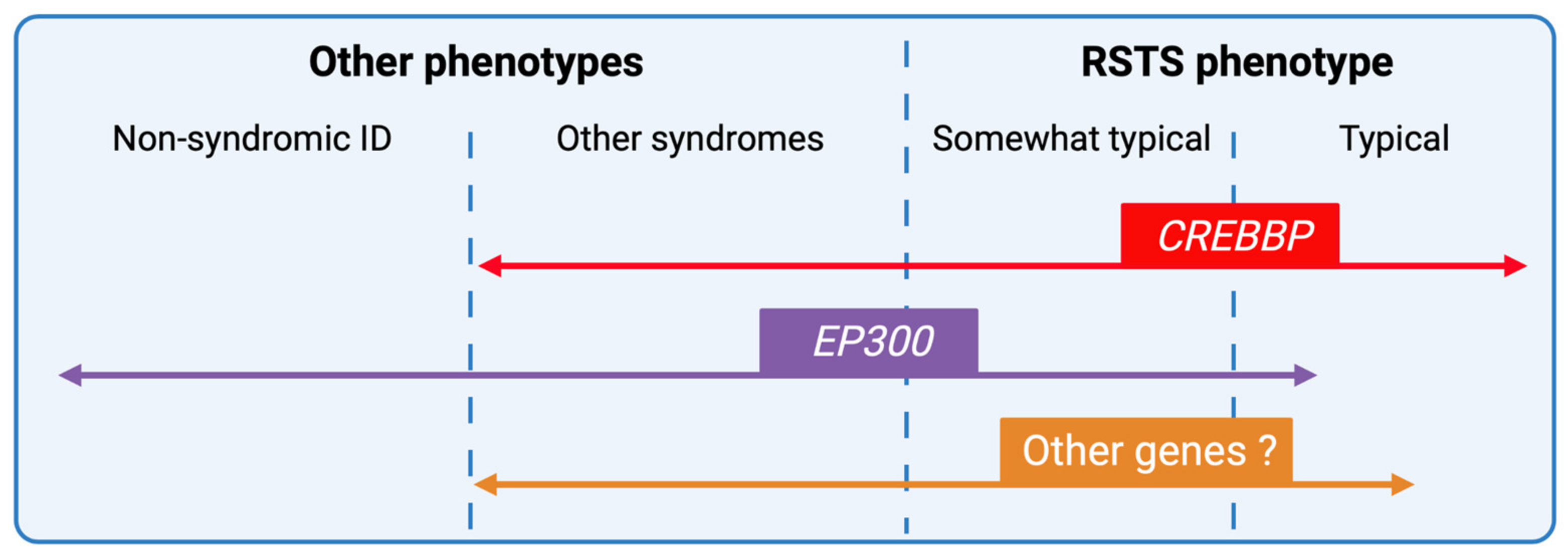
Genes, Free Full-Text

PDF) Rubinstein-Taybi syndrome: Clinical features, genetic basis
Rubinstein-Taybi syndrome with scoliosis treated with single-stage
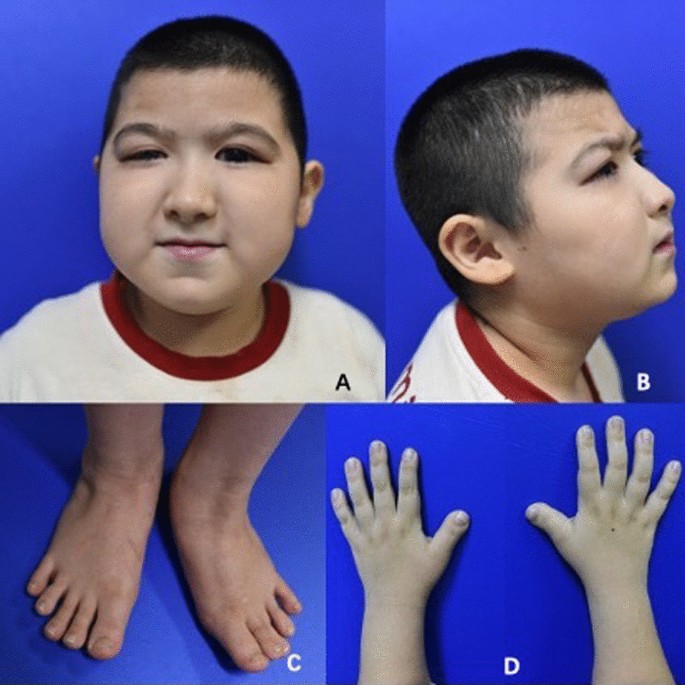
A novel CREBBP mutation and its phenotype in a case of Rubinstein

Ocular features in Rubinstein-Taybi syndrome: investigation of 24
Recomendado para você
-
 Rubinstein–Taybi syndrome - Wikipedia05 abril 2025
Rubinstein–Taybi syndrome - Wikipedia05 abril 2025 -
 PDF) Rubinstein-Taybi 2 associated to novel EP300 mutations: Deepening the clinical and genetic spectrum05 abril 2025
PDF) Rubinstein-Taybi 2 associated to novel EP300 mutations: Deepening the clinical and genetic spectrum05 abril 2025 -
 Clinical and molecular findings of the six patients with Rubinstein05 abril 2025
Clinical and molecular findings of the six patients with Rubinstein05 abril 2025 -
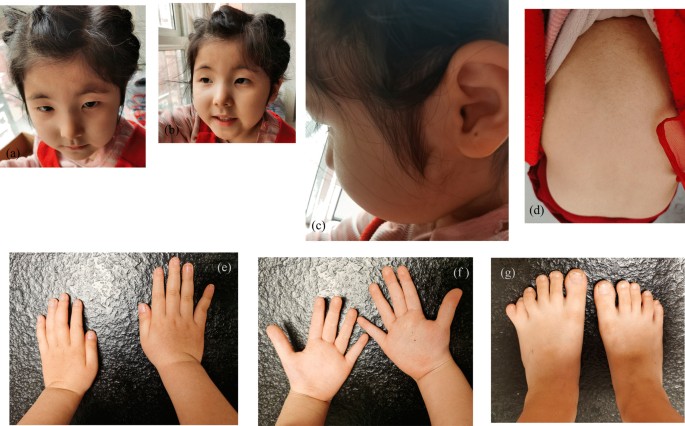 Case report: a Chinese girl like atypical Rubinstein–Taybi syndrome caused by a novel heterozygous mutation of the EP300 gene, BMC Medical Genomics05 abril 2025
Case report: a Chinese girl like atypical Rubinstein–Taybi syndrome caused by a novel heterozygous mutation of the EP300 gene, BMC Medical Genomics05 abril 2025 -
 Subclass IgG levels of patients with Rubinstein-Taybi syndrome compared05 abril 2025
Subclass IgG levels of patients with Rubinstein-Taybi syndrome compared05 abril 2025 -
 Rubinstein–Taybi syndrome associated with Chiari type I malformation caused by a large 16p13.3 microdeletion: A contiguous gene syndrome? - Wójcik - 2010 - American Journal of Medical Genetics Part A - Wiley Online Library05 abril 2025
Rubinstein–Taybi syndrome associated with Chiari type I malformation caused by a large 16p13.3 microdeletion: A contiguous gene syndrome? - Wójcik - 2010 - American Journal of Medical Genetics Part A - Wiley Online Library05 abril 2025 -
 New insights into genetic variant spectrum and genotype–phenotype correlations of Rubinstein‐Taybi syndrome in 39 CREBBP‐positive patients - Pérez‐Grijalba - 2019 - Molecular Genetics & Genomic Medicine - Wiley Online Library05 abril 2025
New insights into genetic variant spectrum and genotype–phenotype correlations of Rubinstein‐Taybi syndrome in 39 CREBBP‐positive patients - Pérez‐Grijalba - 2019 - Molecular Genetics & Genomic Medicine - Wiley Online Library05 abril 2025 -
 Growth charts for individuals with Rubinstein–Taybi syndrome - Beets - 2014 - American Journal of Medical Genetics Part A - Wiley Online Library05 abril 2025
Growth charts for individuals with Rubinstein–Taybi syndrome - Beets - 2014 - American Journal of Medical Genetics Part A - Wiley Online Library05 abril 2025 -
 Fetal phenotype of Rubinstein‐Taybi syndrome caused by CREBBP05 abril 2025
Fetal phenotype of Rubinstein‐Taybi syndrome caused by CREBBP05 abril 2025 -
 Rubinstein‐Taybi syndrome in Chinese population with four novel05 abril 2025
Rubinstein‐Taybi syndrome in Chinese population with four novel05 abril 2025
você pode gostar
-
 Cities: Skylines sells over 1 million copies in its first month05 abril 2025
Cities: Skylines sells over 1 million copies in its first month05 abril 2025 -
 A literal Rickroll. - Coub - The Biggest Video Meme Platform05 abril 2025
A literal Rickroll. - Coub - The Biggest Video Meme Platform05 abril 2025 -
Bigue Pizza Pizza place05 abril 2025
-
 Breakfast, Dove Cameron Wiki05 abril 2025
Breakfast, Dove Cameron Wiki05 abril 2025 -
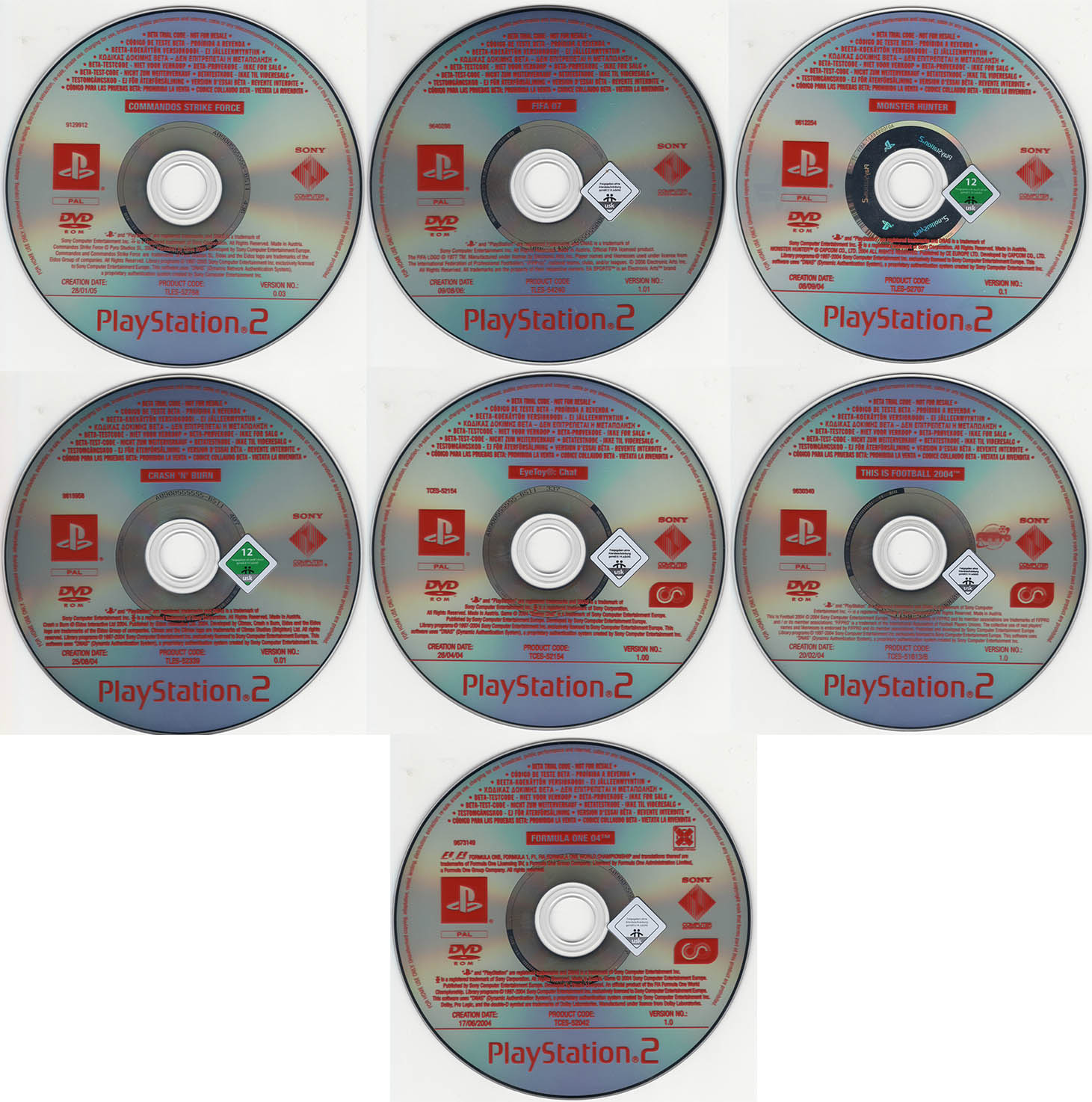 Video Game Preservation Collective: PlayStation 2: Online Beta Trial discs05 abril 2025
Video Game Preservation Collective: PlayStation 2: Online Beta Trial discs05 abril 2025 -
 From Miranda, Eastenders & Dr Who to Lucifer, Tom Ellis' Career So05 abril 2025
From Miranda, Eastenders & Dr Who to Lucifer, Tom Ellis' Career So05 abril 2025 -
 GAMEBOY WALLPAPER IPHONE - AESTHETIC GRADIENT in 202305 abril 2025
GAMEBOY WALLPAPER IPHONE - AESTHETIC GRADIENT in 202305 abril 2025 -
 Facebook's Cloud Gaming Looks Amazing, But Will Not Be Available For iPhone05 abril 2025
Facebook's Cloud Gaming Looks Amazing, But Will Not Be Available For iPhone05 abril 2025 -
 PAPER SNAKE.IO MULTIPLAYER GAME PLAY ONLINE - Ali Muhammad Salim05 abril 2025
PAPER SNAKE.IO MULTIPLAYER GAME PLAY ONLINE - Ali Muhammad Salim05 abril 2025 -
 GRANBLUE FANTASY The Animation05 abril 2025
GRANBLUE FANTASY The Animation05 abril 2025
